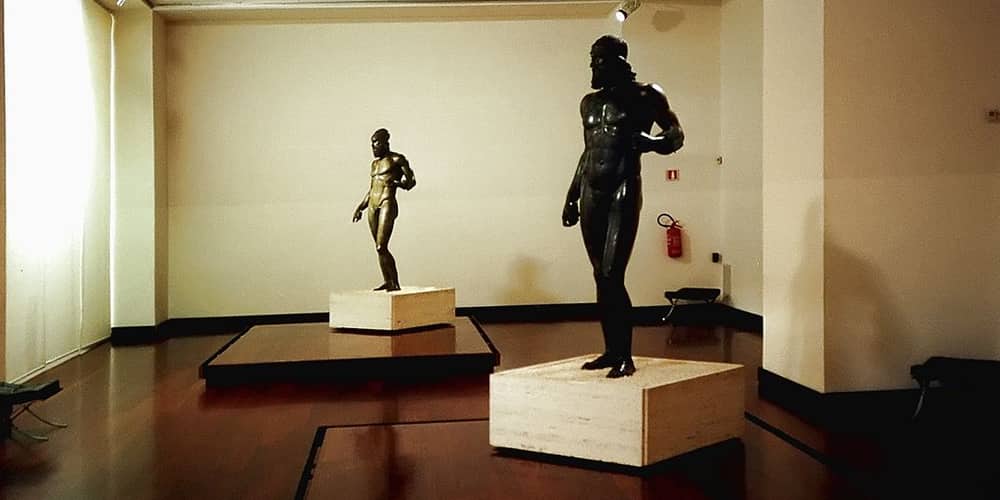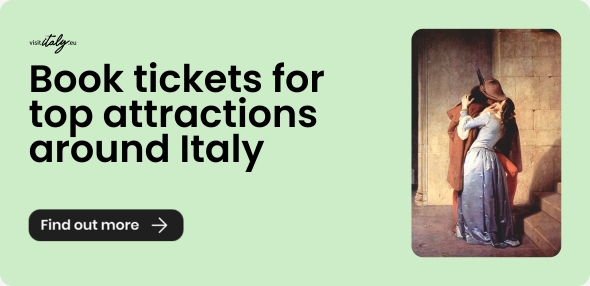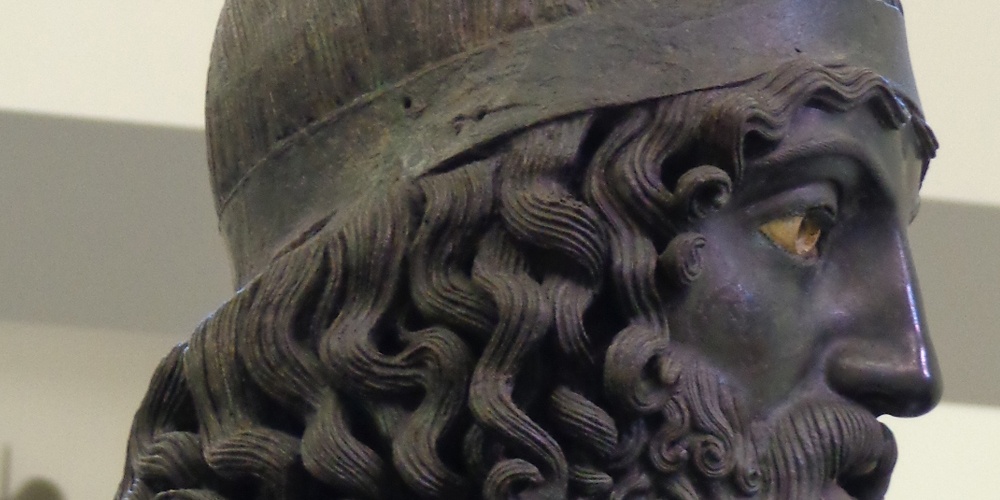
One of the symbols of Italy, but especially of Calabria, is the Riace bronzes. Two bronze statues from the Hellenic era that were found in the Italian waters off Riace, depicting two Greek warriors or gods.
Symbols of a disappeared civilization and a mastery belonging to 2500 years ago, the bronzes still hide dozens of mysteries related to their dating and their real meaning, but let's discover together what they hide one of the beauties of our country.
The history of the bronzes
The current history of the Riace bronzes begins on August 16, 1972, when a young scuba diver, Daniele Mariottini, intent on a fishing excursion, found two muscular bronze figures about 300 meters away from the coast of Riace Marina. Recovered with a very rudimentary technique, they have undergone years of restoration that have marked their recent history.
Passed from Reggio Calabria to Florence to be restored, they were exhibited for the first time to the public in 1980 in Florence as a reward for the great restoration work carried out in Tuscany.
The current history sees the two bronzes having returned home to the National Museum of Magna Grecia in Reggio Calabria.
Its ancient history is to be discovered. The analyses conducted outdate the metal and the construction techniques used in the 5th century B.C. and this also influenced the authorial attribution of the work. In fact, there are several theories related to the author, one of the most interesting is the one that considers Fidia, the famous sculptor of the Parthenon in Athens, the creator of these masterpieces. But the most accredited theory is that the bronzes came from Argos, linked to the legend of the Seven in Thebes. The theory derives from the analysis of the soil of fusion found inside the statues, which traces it back to the ancient city of Argos. In Argos, there was a group of bronze statues, known as the Seven in Thebes, where several warriors and heroes of the Argus myth were celebrated.
There are many hypotheses on the identity of the two bronzes. The most accredited, who takes up and confirms the theory of the Seven in Thebes, wants it to be Eteocle and Polinice, the two brothers who faced each other in Argos.

The bronzes: today
Both statues had their heads covered, one with a helmet, the other with a royal column, while both were armed: one with a shield and sword, the other with a shield and spear.
The treatment and restoration of the bronzes meant that the fragility of these works of art was discovered, which are contained in a room at constant temperature and on an anti-seismic system that allows the statues not to suffer seismic vibrations.
Visiting the Riace bronzes is now possible again, so don't miss the opportunity to experience a real journey through time.
About the author
Written on 16/03/2020



Mario Galterisi
Suspended between myth and reality, the Riace bronzes are a very important heritage of a Greek world that no longer exists. Discover the attraction of the history of the Calabrian bronzes.